Top 10 Electric Vehicle Myths:
Electric car popularity is really seeing a surge - if you’ll excuse the pun. With more manufacturers offering their own battery-powered models, drivers have a whole lot of choice when it comes to picking an electric vehicle.
However, there are still some myths that circulate around the electric vehicle segment - and we’re here to find out the truth.
The age of the electric car is very much upon us. However, with cutting-edge tech packed into each vehicle, it can be tricky to understand how they work and what the benefits of owning one are.

1. The National Grid can’t handle electric vehicles
It’s important to remember that the shift to EV wont happen overnight, so there’s plenty of time to develop our infostructure even more than we already have. There are many factors to help the grid cope with the demand of electricity, like smart charging by making the most of off-peak charging times, which is also cheaper!
A lot of our electricity is also currently used to refine petrol and diesel, so as EV’s become more popular and less fuel is used this will free up more electricity.
2. EVs are more expensive than petrol and diesel cars
While it’s generally true that the base price of an EV will be a bit more expensive, manufacturers have designed truly innovative cars that we think make the price more understandable. You also need to take into consideration the low running and maintenance costs of BEVs, not to mention no road tax!
So overall they often work out cheaper. Why not check out our ownership comparison calculator and compare your current car to an EV alternative.
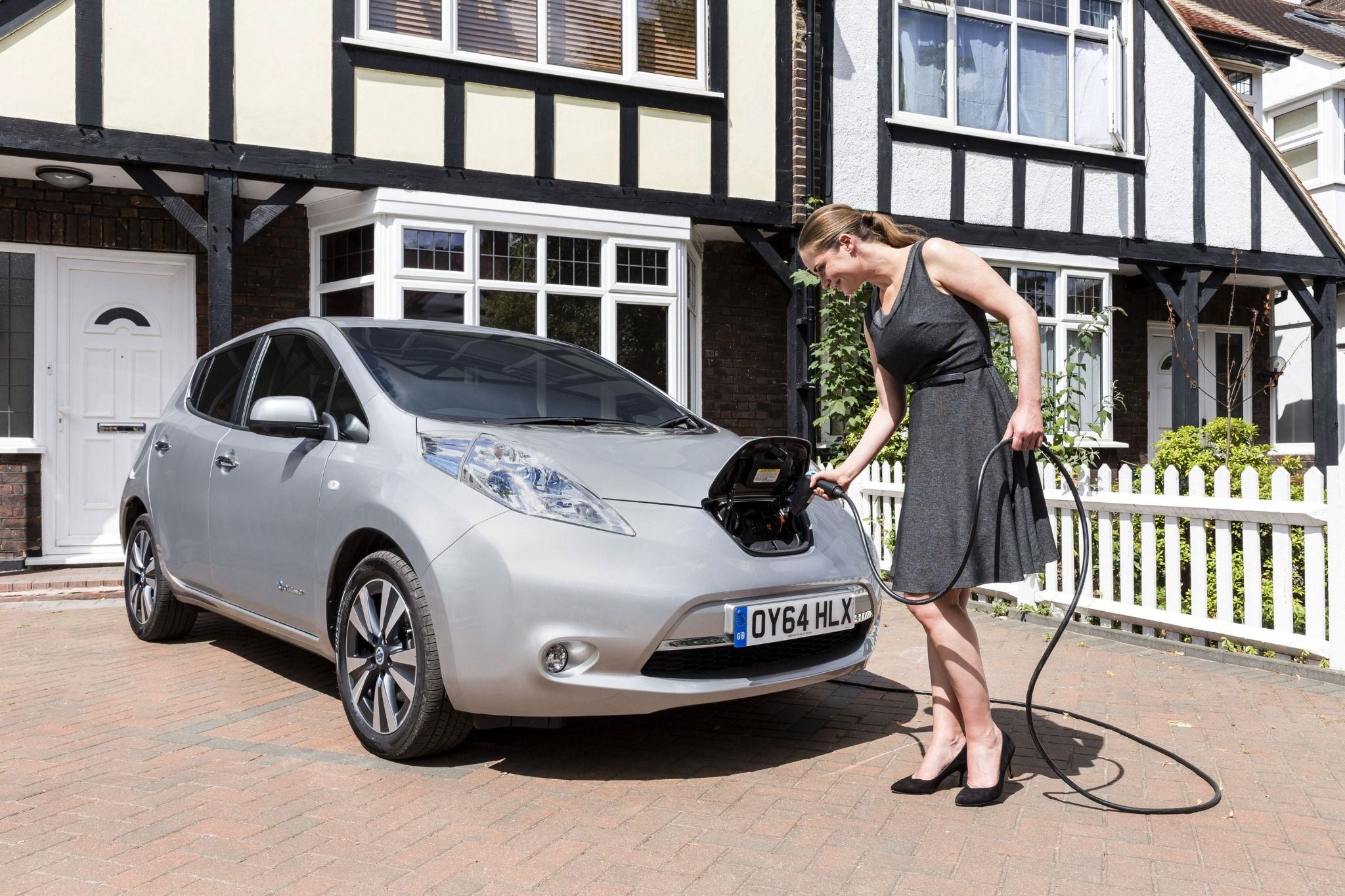
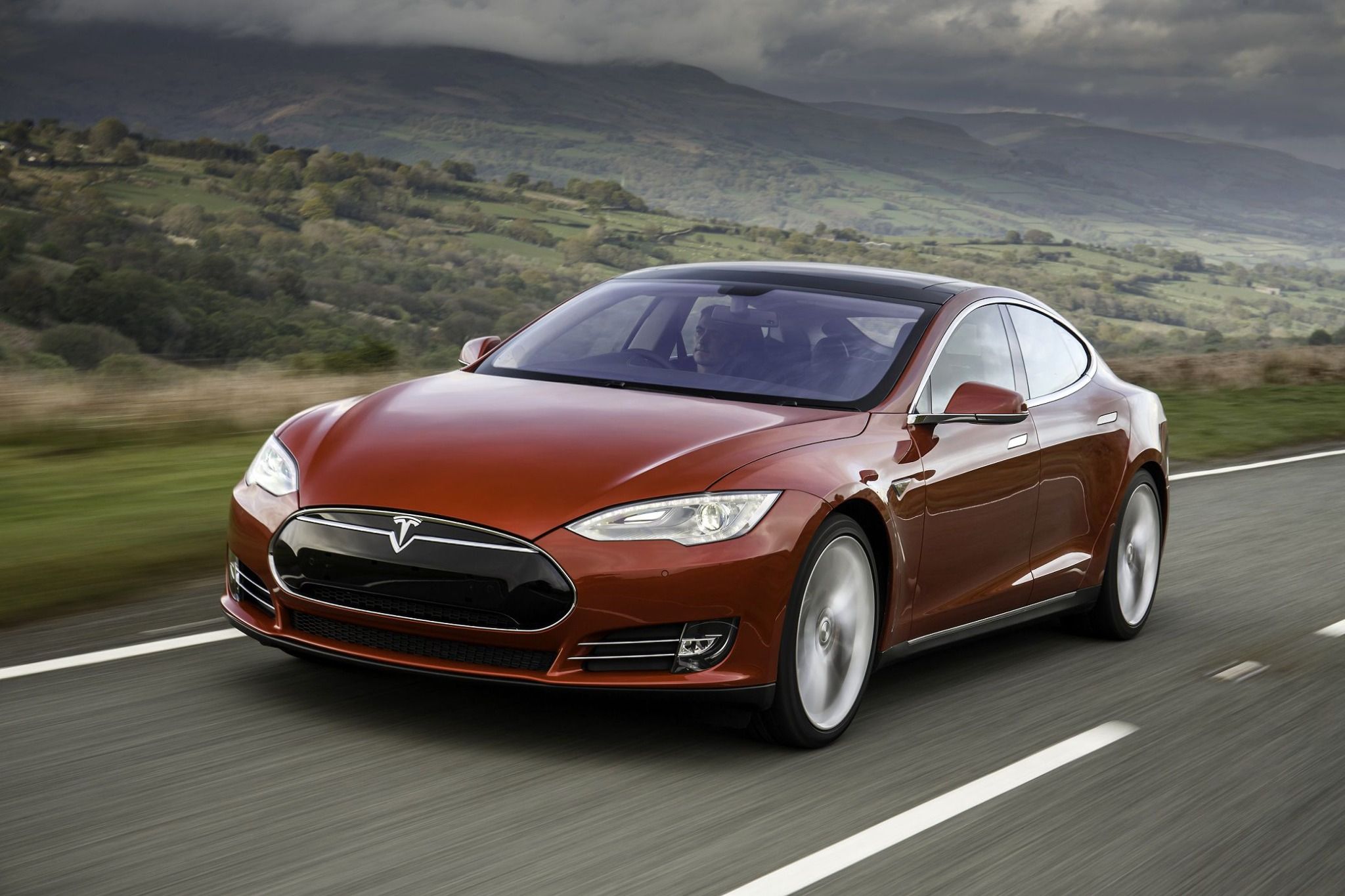
3. They’re more likely to catch fire in a crash
Many people have concerns about safety with electric cars. It was largely driven by a couple of high-profile Tesla Model S fires in 2013 but research suggests that EV’s are in fact 20 times less likely to set on fire that an ICE vehicle.
4. You can’t drive them in car washes or when it’s raining
Particularly in the early days of electric cars, many people thought that you couldn’t take them through automated car washes. That is, however, completely untrue - electric cars are perfectly safe to take through car washes.
So if you’re in a hurry and need to get your EV cleaned, don’t fear about taking them through.
5. Electric cars can’t go very far on a charge
It’s true that early EVs didn’t bring very much range from their batteries. However, as the technology behind them has ramped up, so has the distance that they can travel on a charge. Like the latest addition to the Volkswagen ID range, the ID.7 has 383 miles of electric range.
This isn’t just reserved for more expensive models, either, as even smaller cars like the Peugeot e-208 can return up to 248 miles from a single charge. So EV’s are defiantly getting up to speed when it comes range.
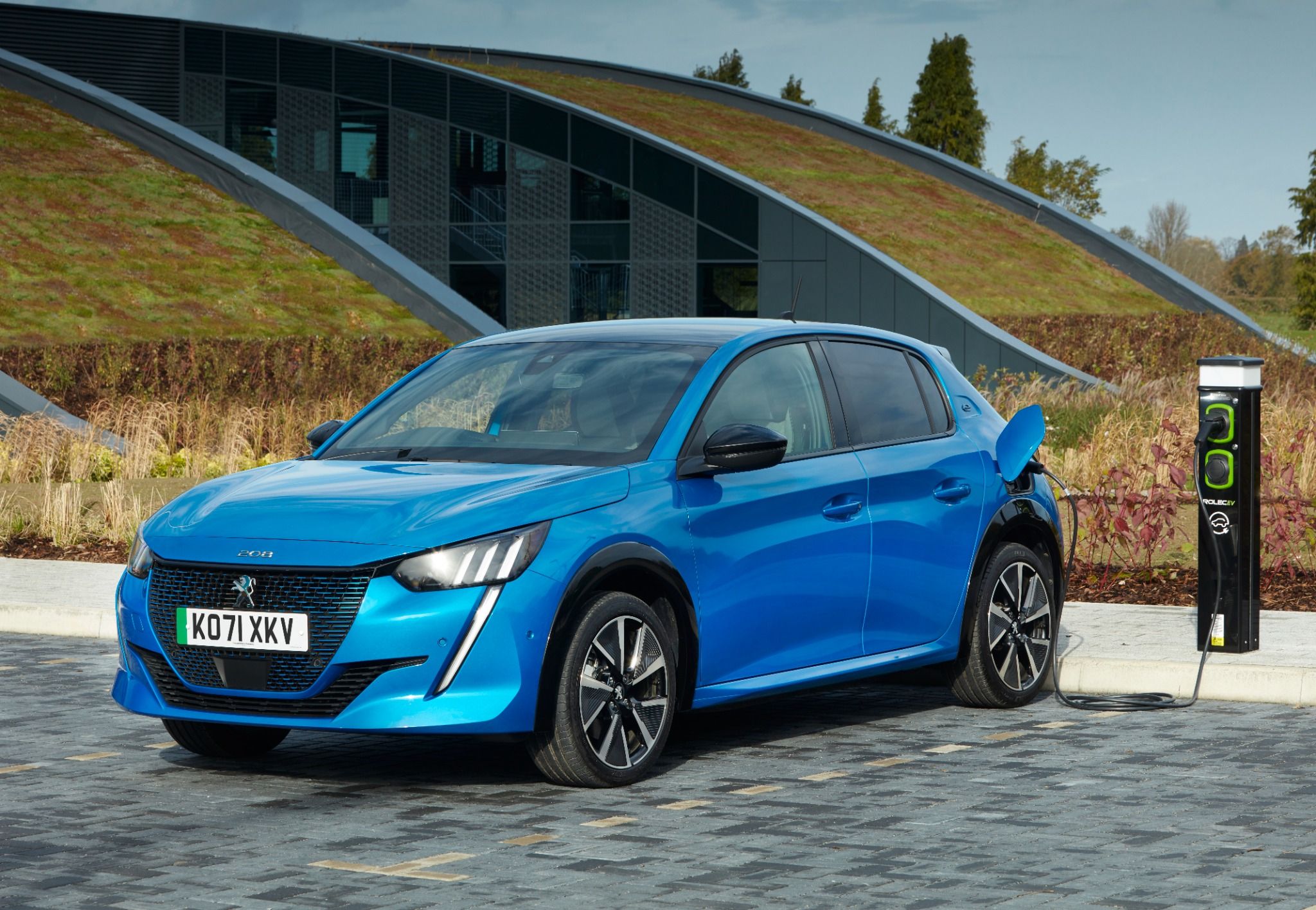
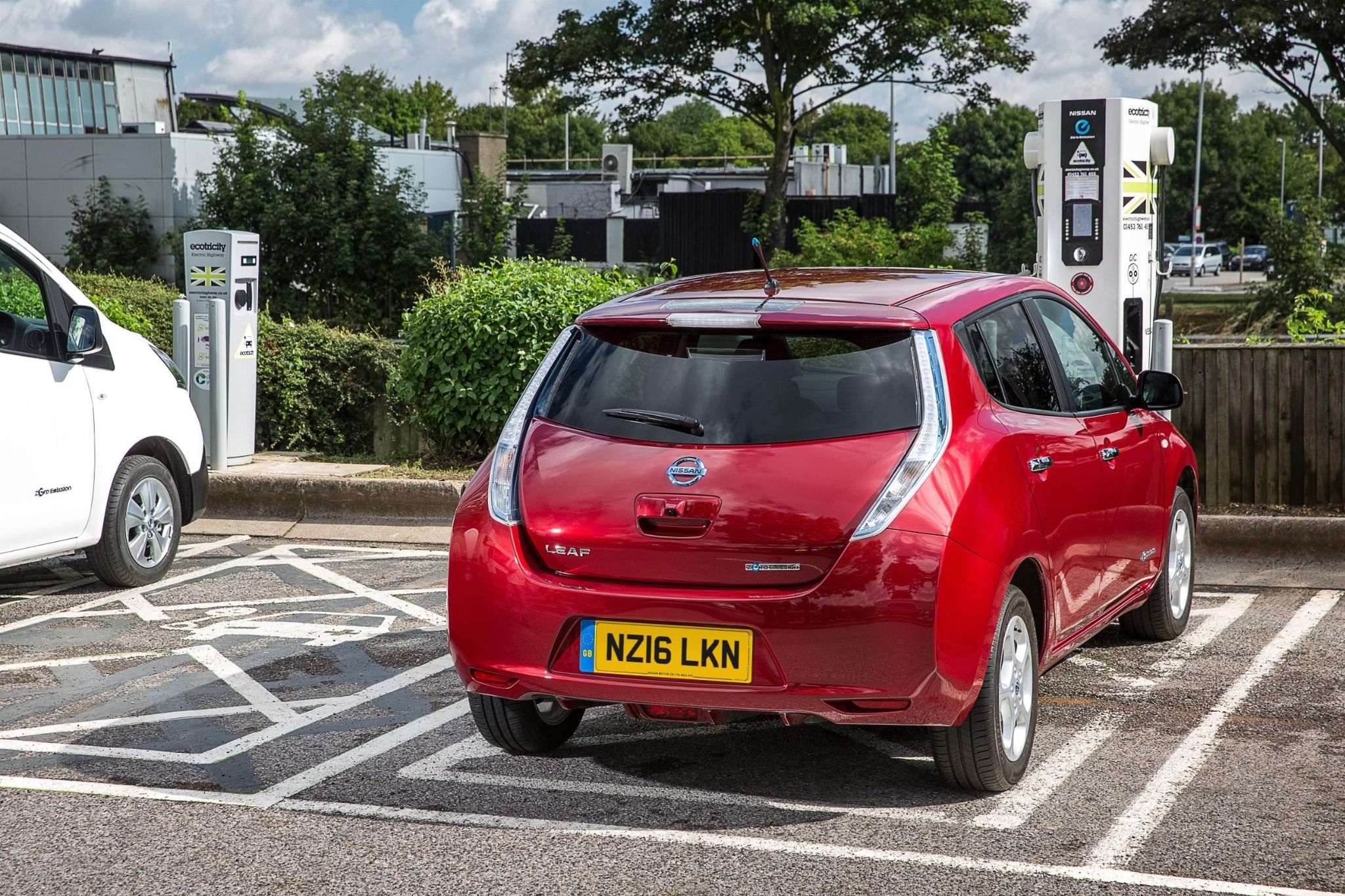
6. There’s nowhere to charge them
Fear of running out of electricity is known as ‘range anxiety’. Long trips do require a little more planning but the UK’s infrastructure has improved dramatically. At the end of January 2024 there were over 55,000 charging points across the UK in 31,445 locations (that’s more than petrol stations).
Zapmap is a great tool to use to show you your nearest charging points if your out and about and provides the status of the charger in real time.
7. The batteries don’t last very long
While it’s true that batteries have a finite life, most manufacturers provide a five to eight year warranty, and you’d probably change your regular ICE vehicle at least once during that time period anyway. The current estimate is that electric car batteries will last between 10 and 20 years but this will mean decreases in the range and charging time of your car, just like with your phone battery.
8. EVs are less environmentally friendly across their life cycle
It’s true that the high energy required to build an electric car can make it less environmentally friendly to produce than a traditionally fueled car. However, even with the electric generation to chare the car BEVs still produce up to 30% less carbon emissions. So over their life time they are far more environmentally friendly.
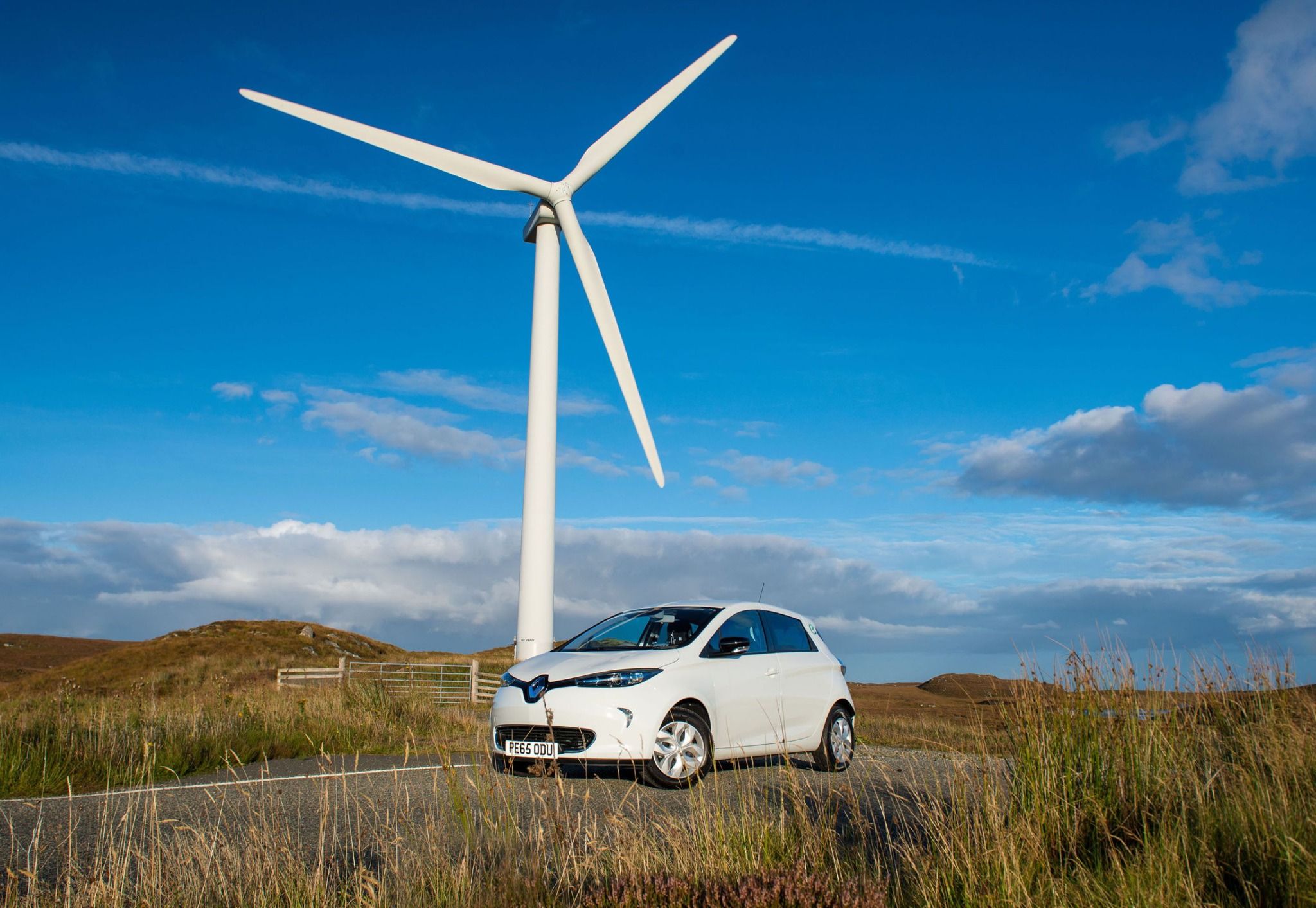
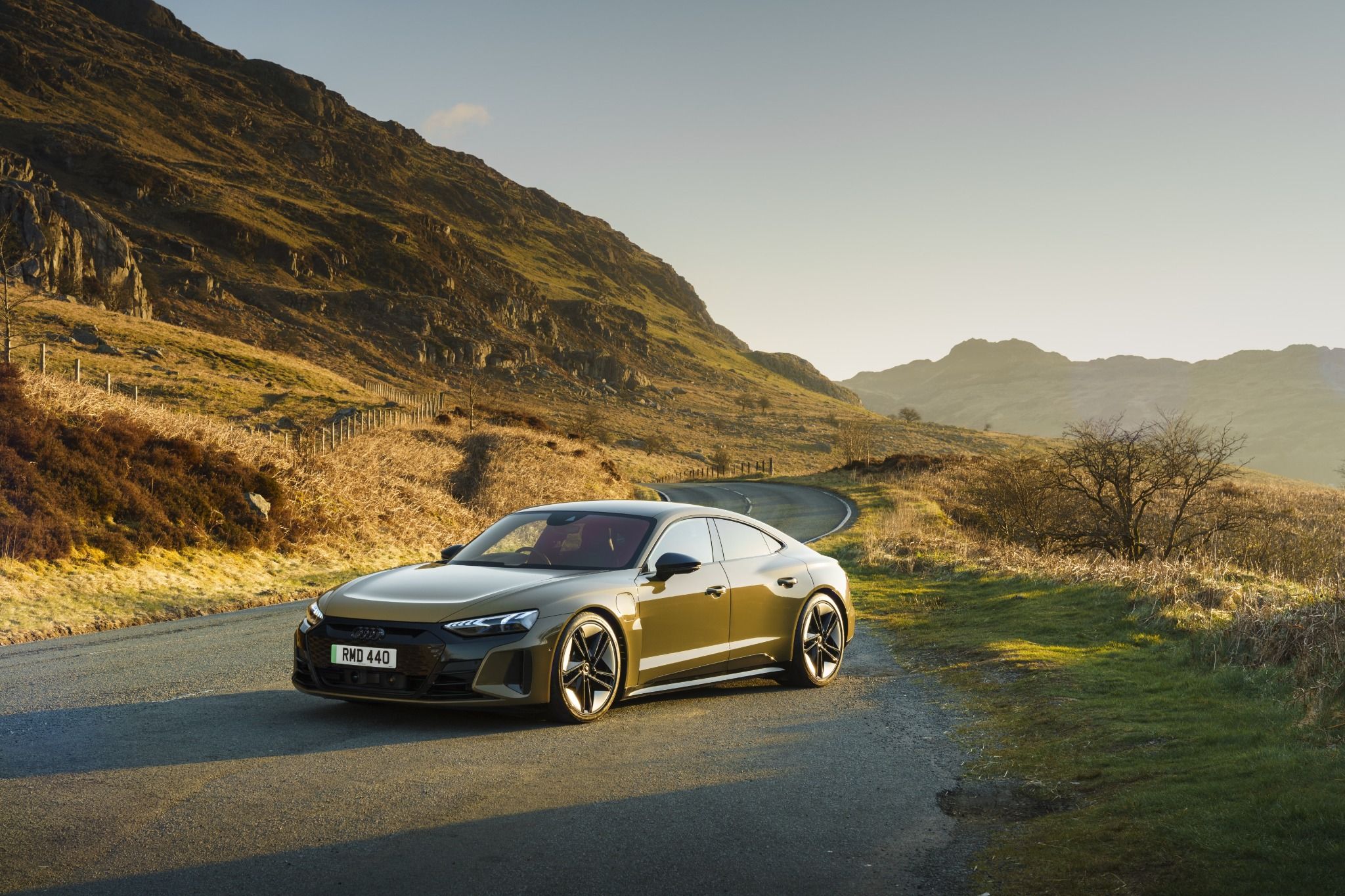
9. They’re boring to drive
If the thought of an electric vehicle conjures up images of a milk float and mobility scooter, you need to get with the times! Modern electric cars can be genuinely fun to drive, particularly thanks to the high-torque motors, which make acceleration brisk.
Like the Audi e-tron GT Quattro which can hit 0-60 mph in under three seconds! Not that’s definitely not boring.
10. Electric cars take ages to charge
If you plugged your electric car into the home mains via a three-pin plug, it’s fair to say that it would take a long time. Most EV’s charge to 80% overnight so it’s just a case of remembering to plug it in before you go to bed, like your phone.
The quickest way to charge your EV is to use a public rapid charger, which charges your car in a lot less time, a rapid DC charger will charge an ID.5 to 80% in 30 minuets.